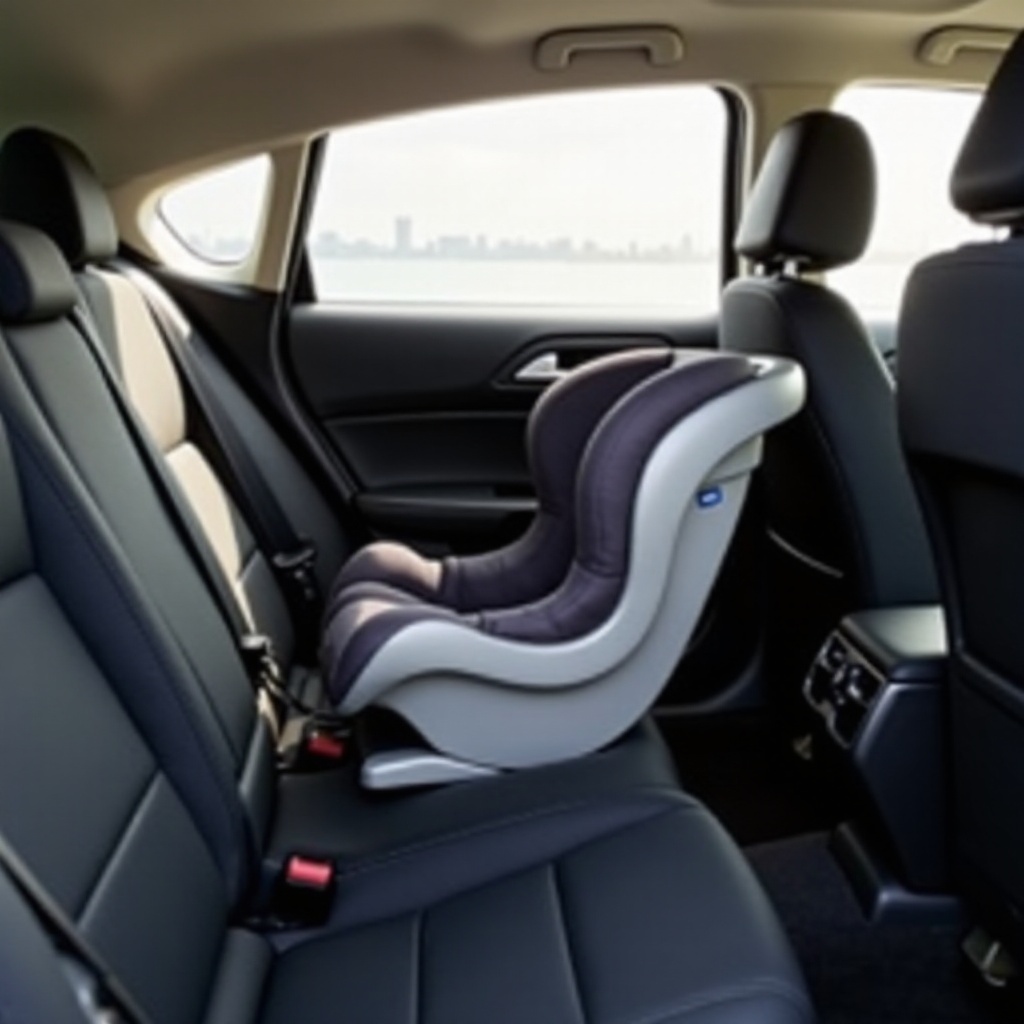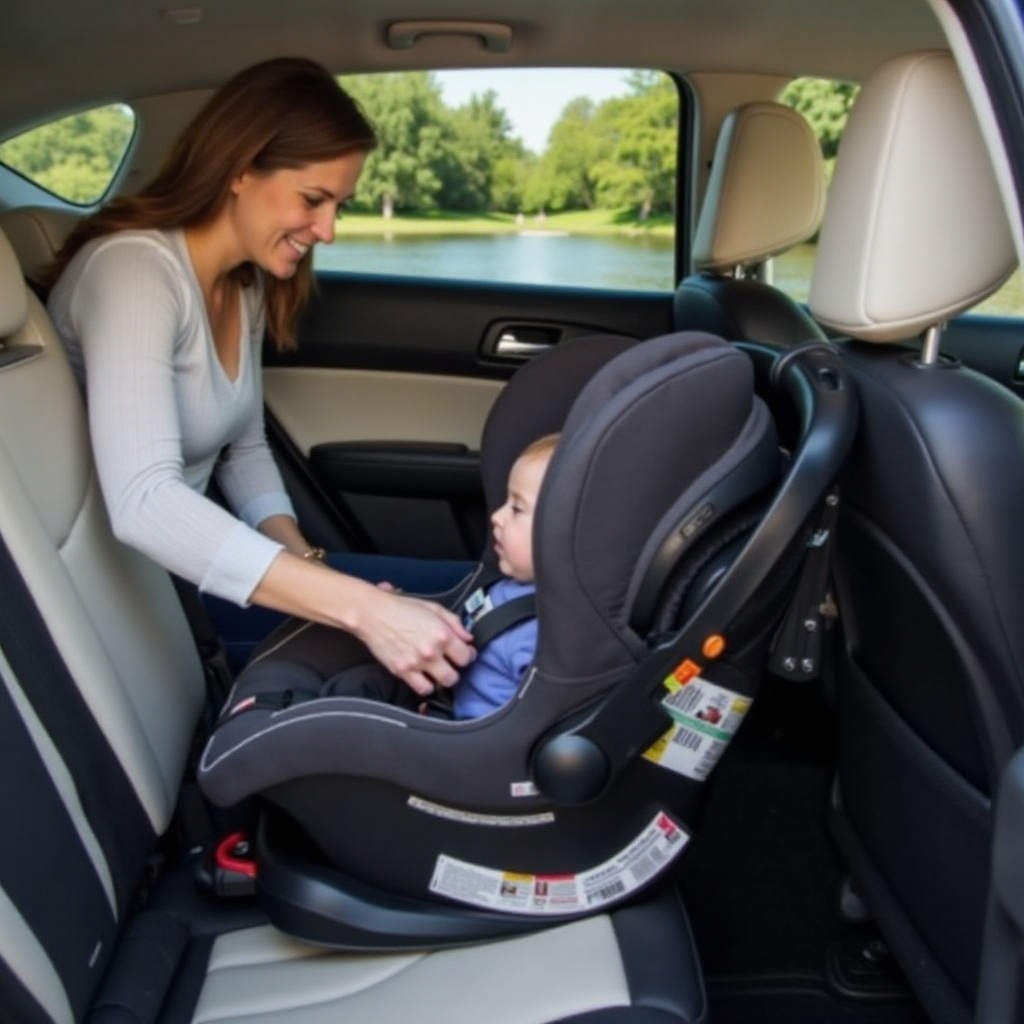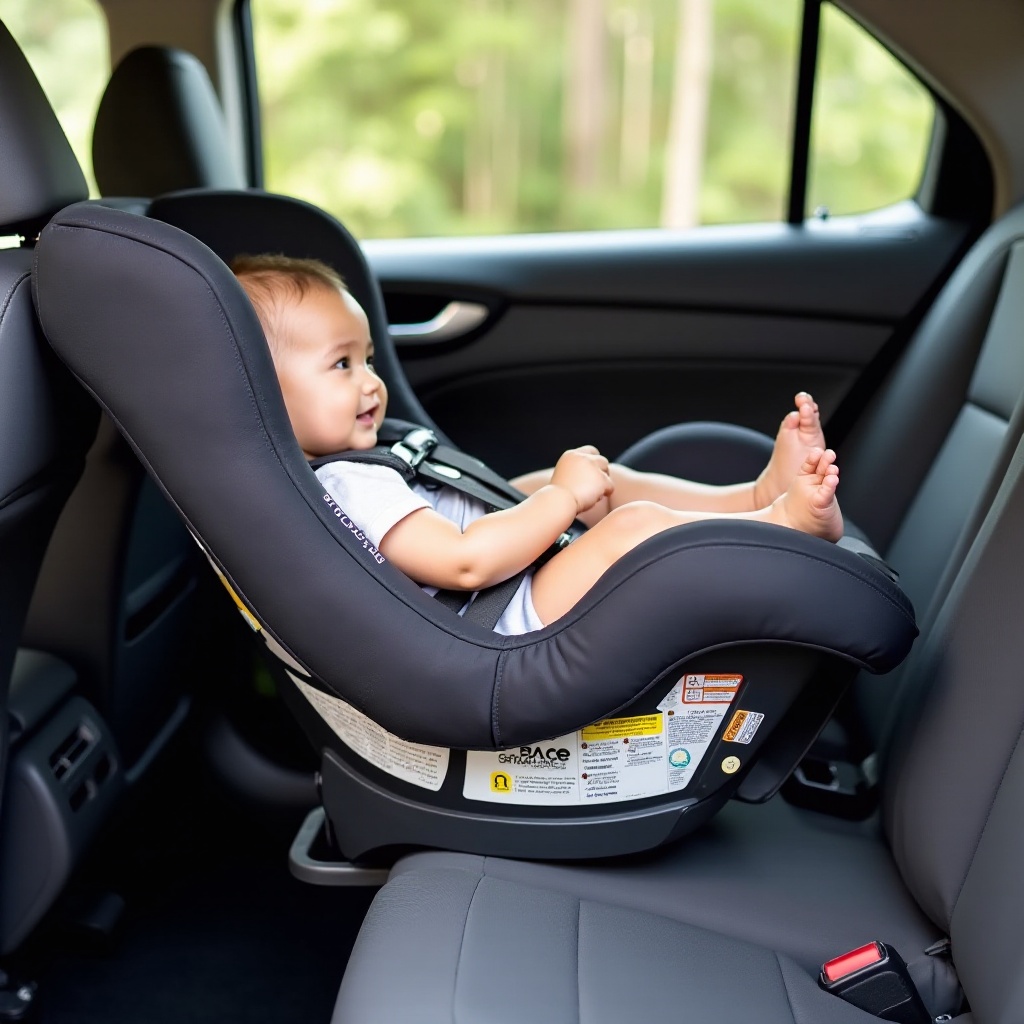Introduction
Choosing the right spot to install your infant’s car seat is crucial for ensuring their safety during every journey. With so much information available, it’s easy to feel overwhelmed. However, understanding the basics of car seat positioning, installation, and common mistakes can significantly enhance your baby’s safety and your peace of mind.
This guide will walk you through everything you need to know about selecting, positioning, and securing your infant car seat in 2024. From detailed instructions on installation to common pitfalls to avoid, we have got you covered.

Selecting the Right Car Seat for Your Vehicle
Before diving into the optimal placement of an infant car seat, picking the right seat compatible with your vehicle is essential. Various car seats are available in the market, tailored to different weight ranges, budgets, and safety features.
- Research and Reviews: Begin by researching top-rated car seats that fit within your budget. Websites offering expert reviews and customer feedback can be invaluable.
- Compatibility Checks: Not all car seats fit perfectly in every vehicle. Check if the car seat model you are considering is compatible with your car by referring to the manufacturer’s guidelines or using online compatibility check tools.
- Test Installation: Many retailers allow you to test install car seats in your vehicle before making a purchase. This can help you visualize how the seat fits and operates within your car.
Carefully selecting the right car seat tailored to your vehicle ensures a more secure fit and smoother installation process.
Where to Position the Infant Car Seat
Correct positioning of your infant car seat can drastically reduce the risk of injury in the event of an accident.
Rear-facing Position: Why It Matters
Safety experts universally recommend placing your infant car seat in the rear-facing position for as long as possible, ideally until the age of two. This position better supports your baby’s head, neck, and spine in the event of a collision, minimizing the risk of injury.
Middle Seat vs. Rear Side Seats
Positioning the car seat in the middle of the back seat is often considered the safest spot because it’s farther from any potential impact points during a collision. While studies back this position, it might not always be the most practical depending on your vehicle’s design.
If a middle seat installation is not feasible:
1. Rear Side Seats: While not as safe as the middle, the rear side seats still provide substantial protection.
2. Avoid Front Seats: Never place a rear-facing car seat in the front passenger seat. The deployment of airbags during an accident could severely injure your infant.
Step-by-Step Guide to Installing the Car Seat
Proper installation is just as important as selecting and positioning the car seat. Even the best car seats will fail to protect your child if not installed correctly.
Reading the Car Seat Manual and Car Manual
The first and most crucial step in the installation process is thoroughly reading both your car seat manual and your vehicle’s manual. These documents provide vital information specific to each model, ensuring you can securely install the seat.
Using the LATCH System vs. Seatbelt Installation
-
LATCH System:– Locate the lower anchors in your vehicle’s back seat.- Attach the car seat’s connectors to these anchors and tighten the straps.
-
Seatbelt Installation:– Thread the vehicle’s seatbelt through the designated path in the car seat.- Buckle and lock the seatbelt.- Tighten the seat until there is no more than an inch of movement in any direction.
Both methods, when done correctly, offer solid security for your car seat. If unsure, it is worthwhile to seek a local car seat inspection station to review your installation.

Common Mistakes and How to Avoid Them
Even with the best intentions, mistakes can occur. Awareness of these common installation errors can help you avoid them.
Loose Installation
A car seat should not move more than an inch side-to-side or front-to-back when installed. Double-check and tighten all connectors and straps to ensure the seat is secure.
Harness Positioning
The harness straps should be at or below the infant’s shoulders and snug enough that you can’t pinch any excess webbing between your fingers. Proper harness positioning is critical for restraining your child safely during a crash.
Ensuring Your Baby’s Safety in the Installed Seat
Once your car seat is correctly installed, it is essential to maintain the highest standards of safety.
Securing the Harness Properly
Ensure the harness is snug. The chest clip should be positioned at your baby’s armpit level, and there should be no slack in the harness. Double-check the harness positioning with every trip.
Regular Maintenance and Checks
Regularly inspect the car seat for any signs of wear and tear, such as frayed straps or broken buckles. Ensure the seat remains tightly installed and regularly check the seat as your infant grows, adjusting the harness and seat angle as necessary.

Conclusion
Positioning and securely installing an infant car seat is a critical task for every parent or caregiver. By following this comprehensive guide, you can ensure your child’s safety on the road, giving you peace of mind and confidence. Always adhere to the latest safety recommendations and regularly review your car seat’s installation and condition.
Frequently Asked Questions
What is the safest spot to put an infant car seat?
The middle of the back seat is generally deemed the safest spot as it is furthest from any impact points during a collision.
Is it better to use the LATCH system or seatbelt for installation?
Both the LATCH system and a seatbelt installation are safe if done correctly. Choose the method that offers the most secure fit for your car seat and vehicle.
How can I check if my infant car seat is installed correctly?
Conduct a quick check by ensuring the seat does not move more than an inch side-to-side or front-to-back. Additionally, many communities offer car seat inspection services to verify proper installation.
